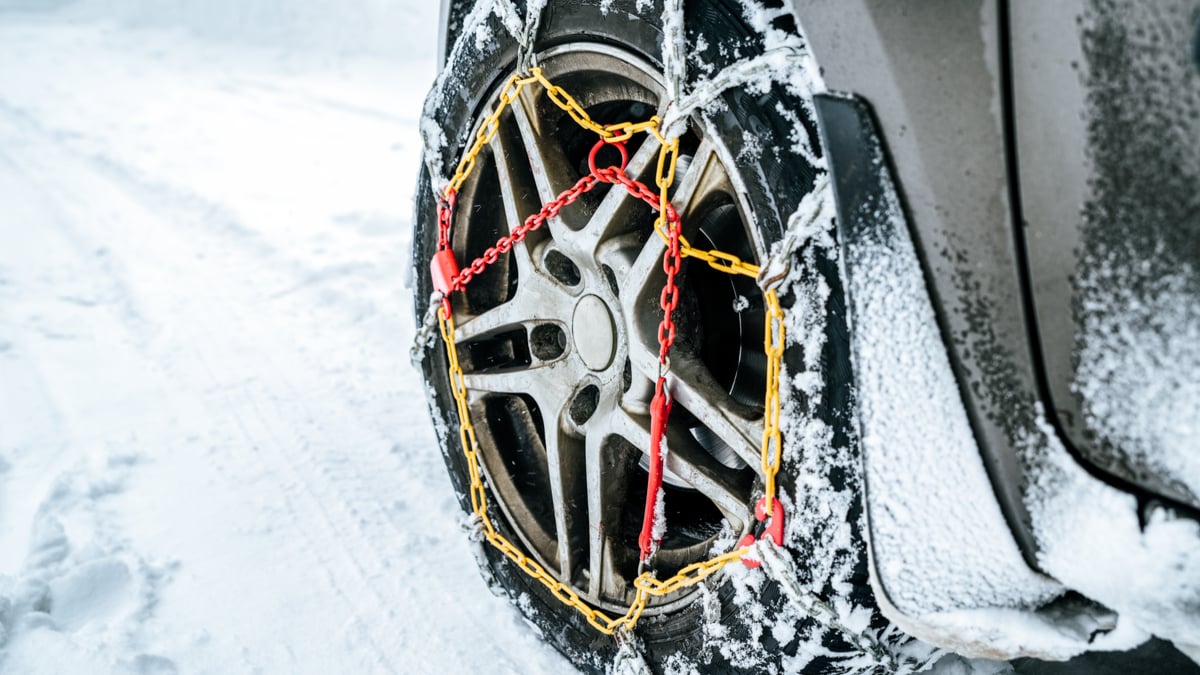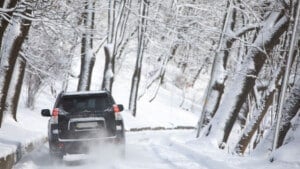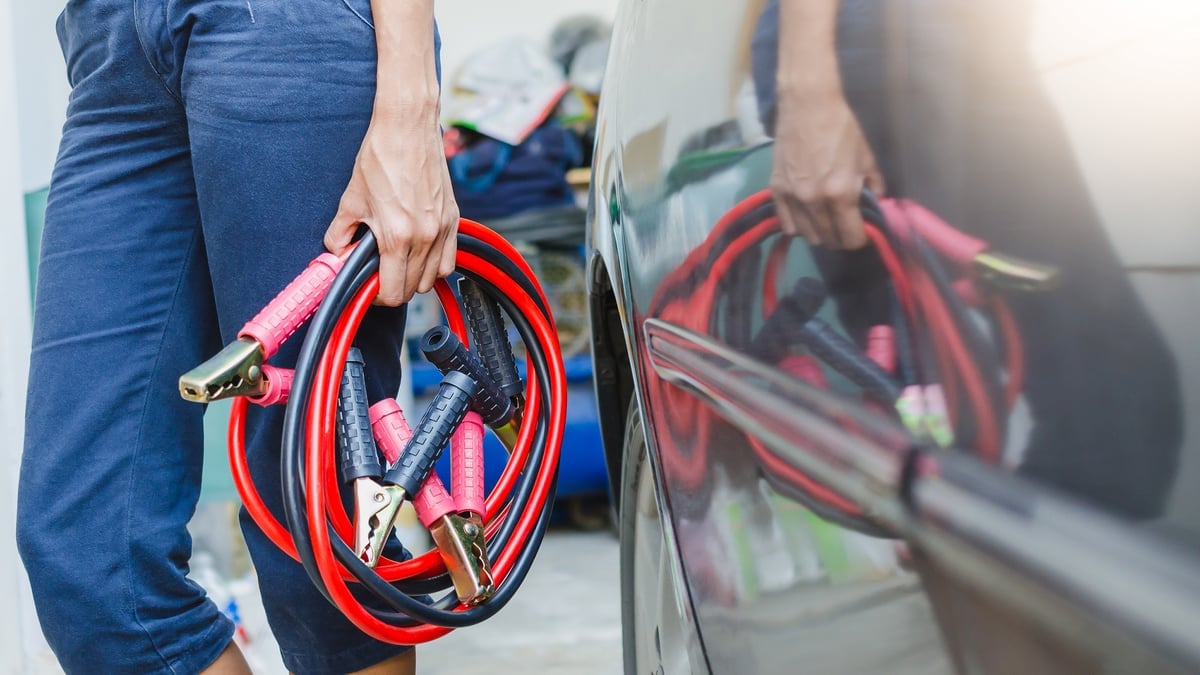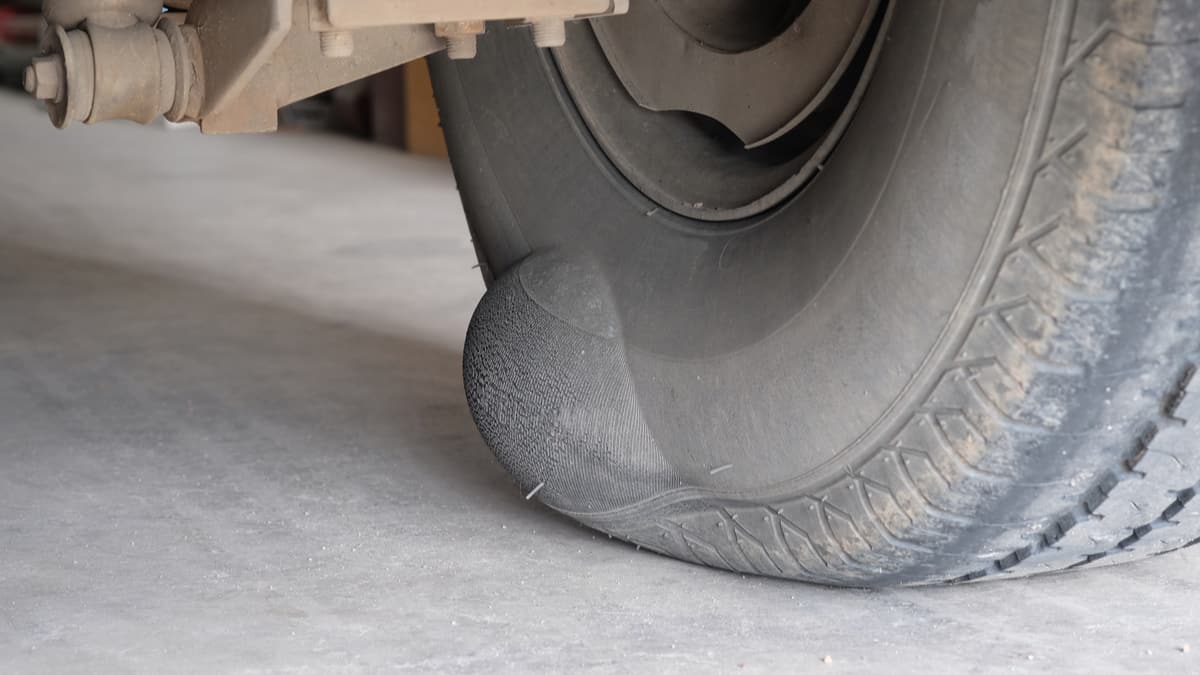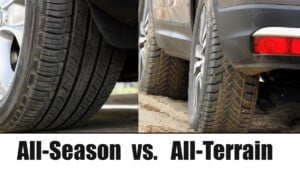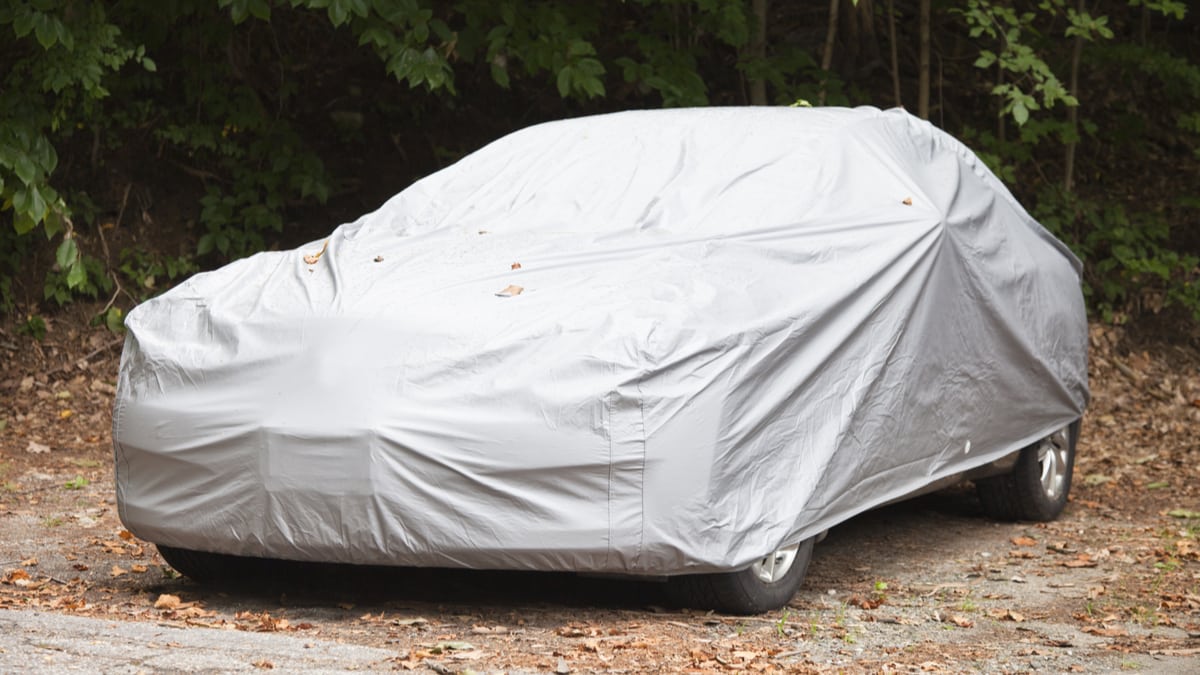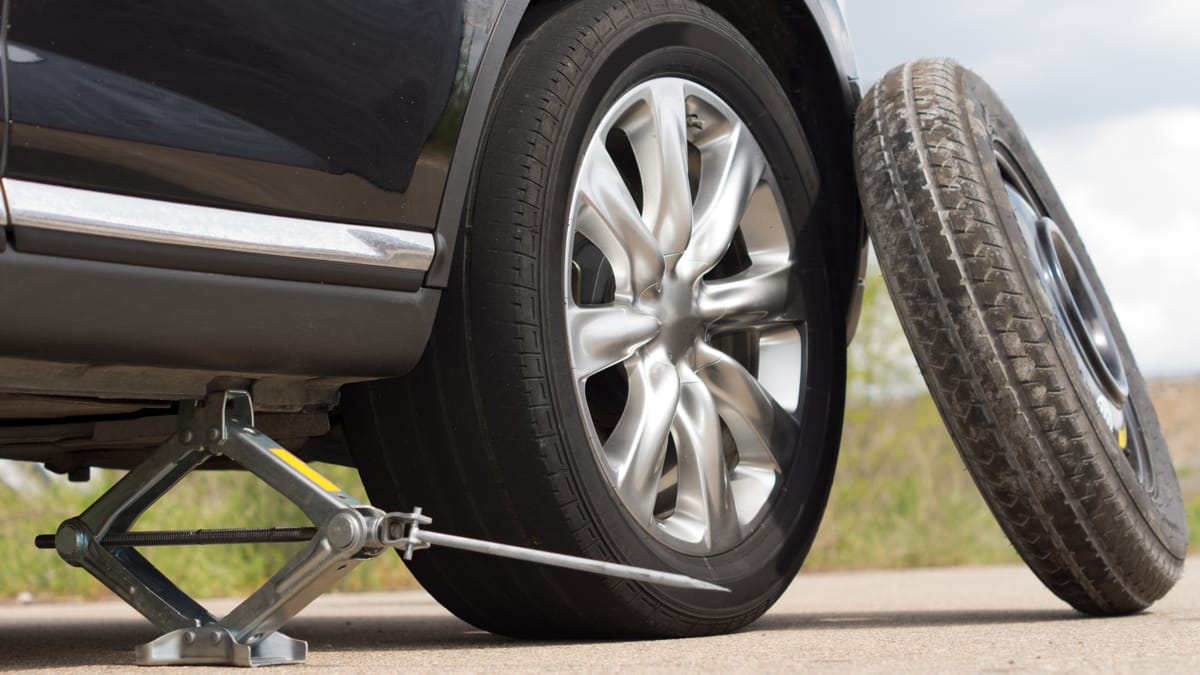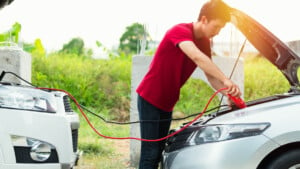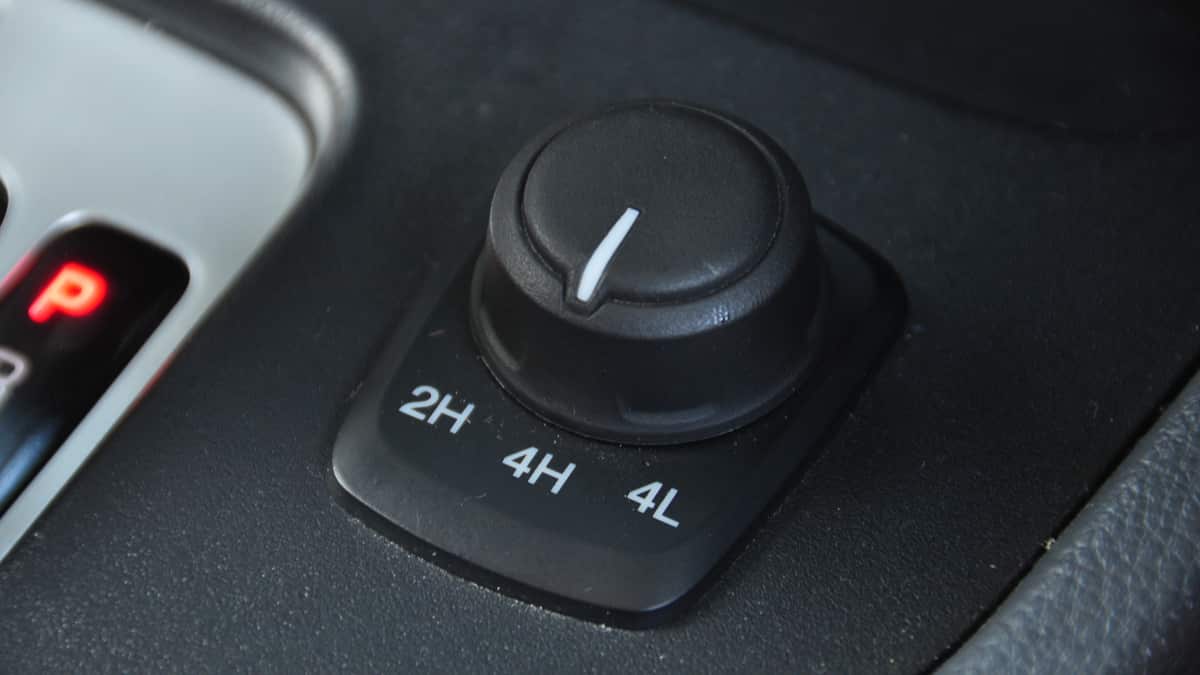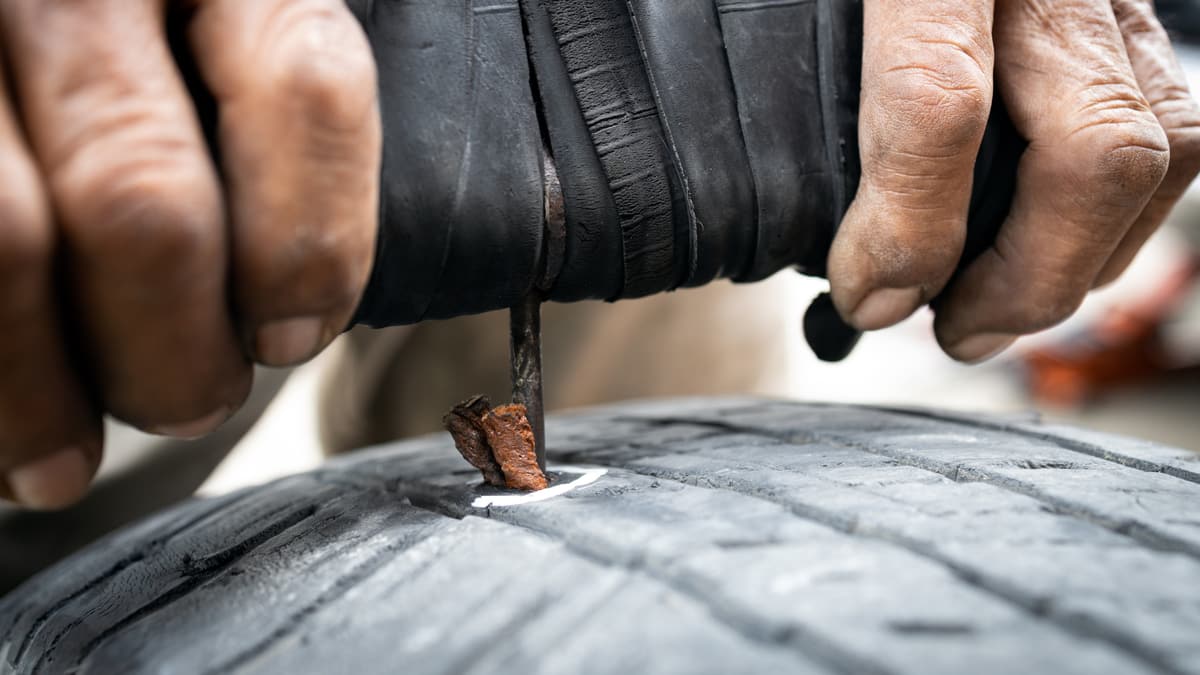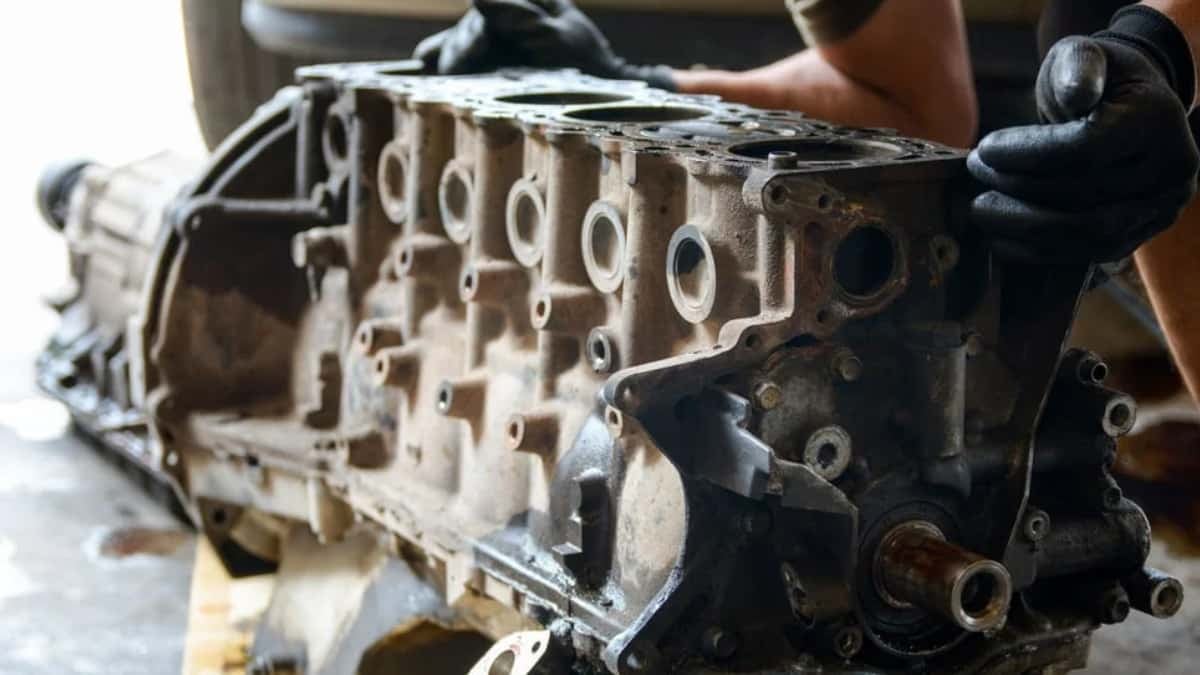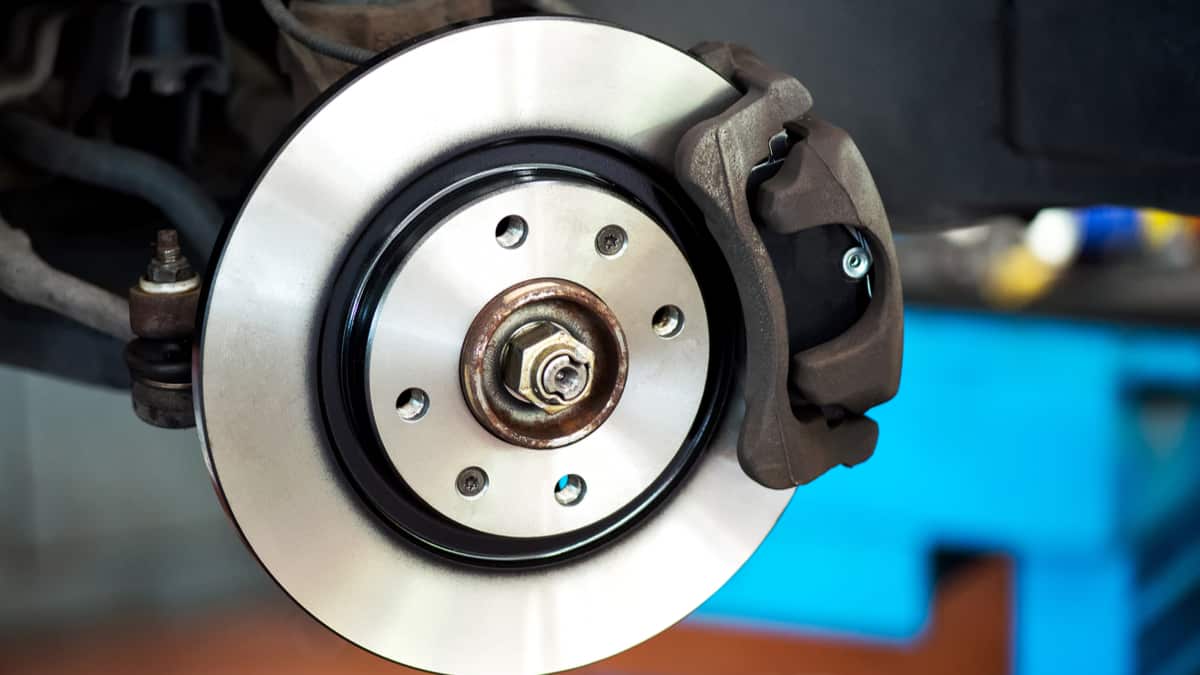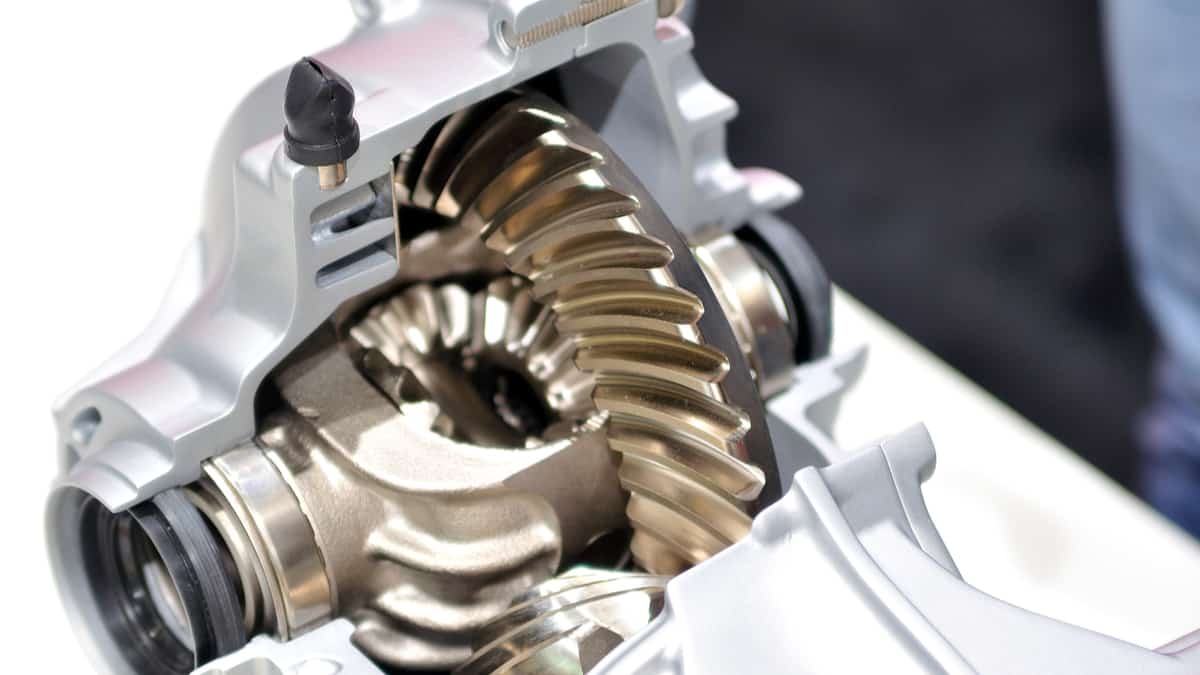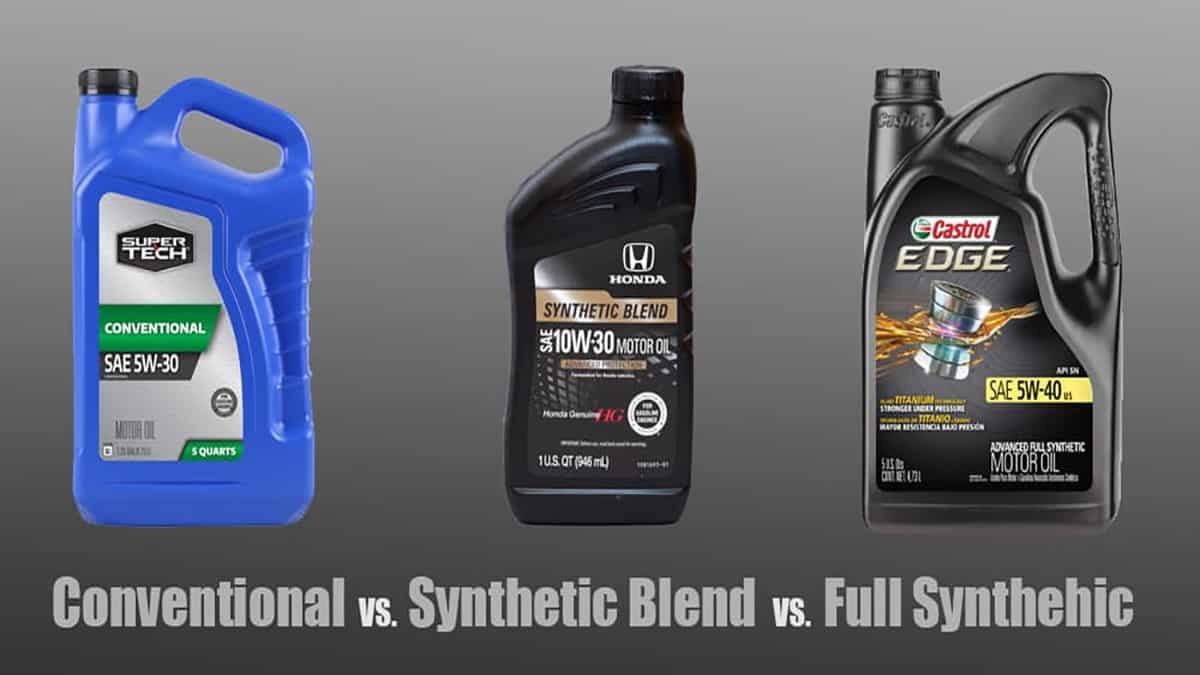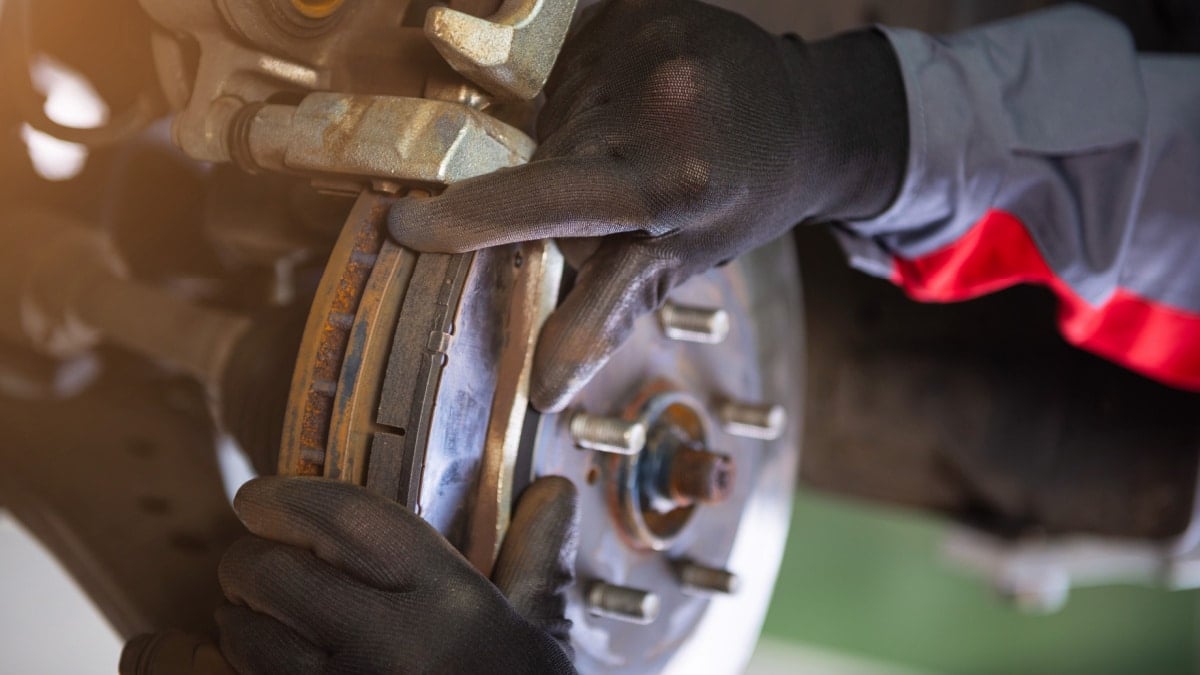If you are traveling in the snow, you need to provide the maximum amount of traction for better control. You can choose between snow chains vs. cables, but which one is better for your situation and your car type?
In this guide, I evaluate the two options. I also tell you which one might be best for your snowy road travels.
Snow Chains vs. Cables Differences
Snow chains and cables both serve the same purpose of providing maximum traction in slippery conditions. However, the construction of the two is different, with snow chains being made out of heavier steel links, and cables being created from steel aircraft material wrapped in alloy traction coils.
Overall, chains are going to last longer because of their heavy-duty design. The cables are made of much weaker material, and they have a tendency to break faster than chains. Chains do also provide better traction than cables. The cables might hold up just fine if you only need something for occasional use, though.
Chains are most frequently used on two-wheel-drive vehicles, while cables are often better for four-wheel drive. Additionally, the cables are lighter in weight and much easier to remove or install. Cables also deliver a smoother ride due to the softer material. However, both options are equally affordable, and there’s a vast selection available.
What are Snow Chains?
Snow chains are made from metal links that encase the tire rubber. The steel links give you added traction, especially in deep snow. They are available in a variety of sizes to fit almost any tire on the market.
Chains are most often used with front- or rear-wheel-drive cars, allowing for more traction when wheels would typically spin. However, when you drive with snow chains on, you don’t want to exceed speeds of 25-30 mph.
What are Snow Cables?
Snow cables contain a different material, even though the design is similar to the chains. With tire cables, you gain more grip while traveling in deep snow and slippery conditions, but this option is best suited to four-wheel-drive models.
This is mainly due to the fact that they are easier to install than chains, and you may not need the grip you get with chains. They will also give you a much smoother ride than with chains, especially at higher speeds.
This option is constructed with a steel cable that gets encased in alloy. However, you can find just as many sizes and as much of a variety as you can find with the chains.
How to Choose Snow Chains & Cables
1. Size
You can’t put just any chain or cable around your tire – it must fit properly. You need to know the size of your tires to ensure the right fit.
The tire size can be found on the sidewall. You can also find it on the driver’s side door jamb. If you accidentally purchase an option that’s too small, it won’t fit.
2. Clearance
You need to make sure the chain or cable doesn’t rub along the wheel well. If it does, you could end up with with damage to the vehicle.
Instead, pay close attention to the SAE size, indicating what level of clearance is needed. Most regular passenger cars require an S limited clearance cable or chain.
3. Cost
The cost should never make your decision for you, but I also understand that you might have a budget to stick to. If the price is most important, you will prefer to buy cables. They are slightly less expensive.
Even though chains are pricier, they are meant to last longer. If you want something more durable, you truly get what you pay for.
4. Frequency of Use
If you only need to use the equipment once or twice a season, cables might work fine for you. These are meant for moderate use, usually with four-wheel drive vehicles.
On the other hand, if you need a heavy-duty option that can be used frequently, chains are probably the better option. Most types are made for front- and rear-wheel drive vehicles.
5. Amount Needed
If you have a two-wheel-drive vehicle, you only need two cables or chains. You won’t put these on the wheels that don’t get power. If you did, the gains wouldn’t be profitable and you could still get stuck.
In comparison, four- or all-wheel drive vehicles can have cables or chains mounted on all of the wheels. This is the best solution if you want to get out of deep snow.
Disadvantages of Snow Chains & Cables
When you use snow chains or cables, there are some downsides to consider. For starters, the vehicle’s performance will be dramatically reduced – especially the handling. When you are faced with using snow chains or cables, you want to simply understand these limitations, so you can better handle and control your vehicle.
If you drive too fast on chains or cables, you can quickly lose control. You can also ruin the tires. That’s why you should never go above 30 mph while driving. In fact, it would be safer to stick to 20 mph. The faster you go, the more likely your tires will deform and degrade. Additionally, the faster you go, the harder it is to control the vehicle.
You also can’t drive with the chains on dry roads. If you continue driving even though the roads are dry, you will do irreparable damage to the tires. The chains will also degrade and wear away. On top of that, the braking distance is dramatically affected, leading to sliding if you attempt to brake too hard. This situation could create an accident if you aren’t careful.
Watch how fast you accelerate. If you push down the accelerator too hard, it can damage the tires and chains. The car will also start to lose traction, which is the opposite of what you are looking for. You must be gentle on the accelerator, so the chains or cables can catch for better traction.
Most importantly, only use the chains or cables when necessary. Take them off when they aren’t needed and get back to driving on the street as normal.
When used properly, you gain better traction during slippery situations, but you are also prepared to get back to normal when the roads are better. This does require a lot of work, but it’s the only way to ensure the tires are protected from harm.
Are Snow Chains or Cables Better?
Snow chains are more durable and provide a better grip than cables, so they may be better as a long-term investment. Snow cables are easier to install, lighter in weight, and you can drive much faster with them, so they can be a good choice if you don’t need maximum grip or durability.
Categories: Tires
